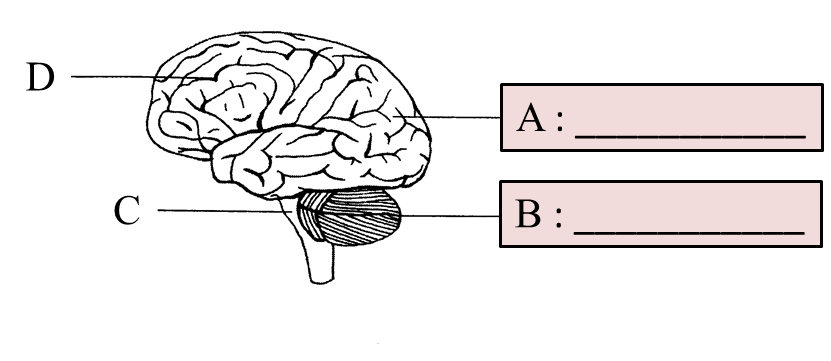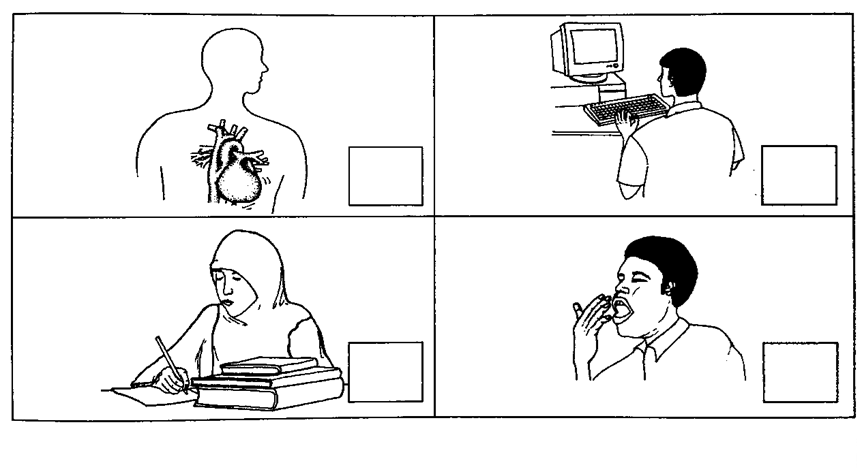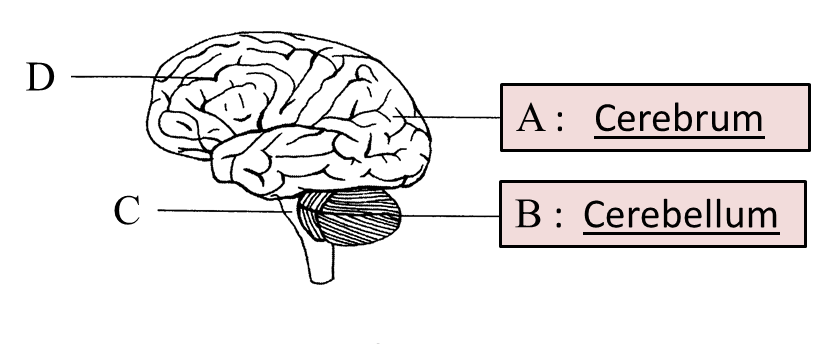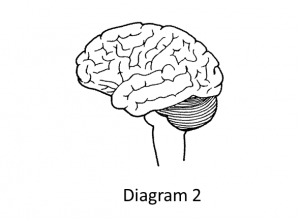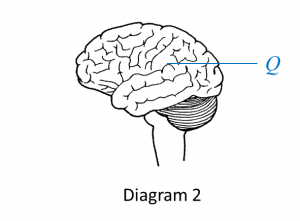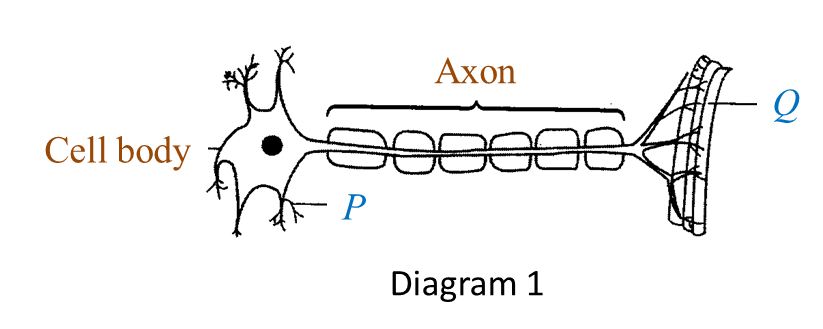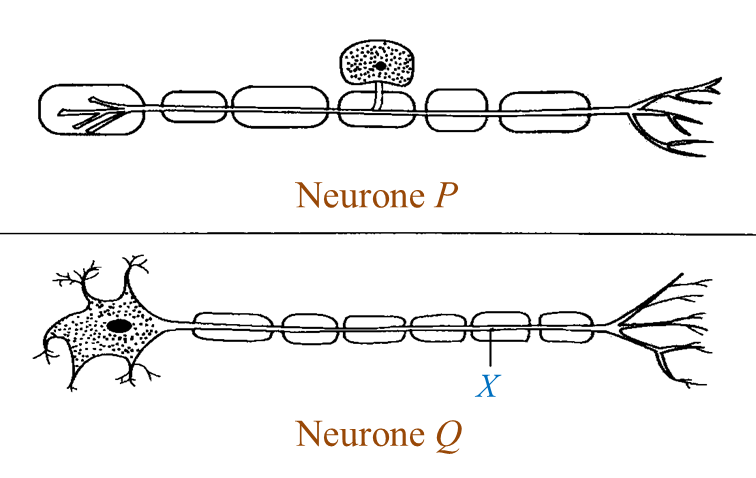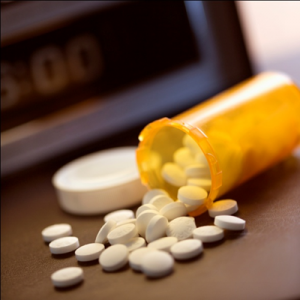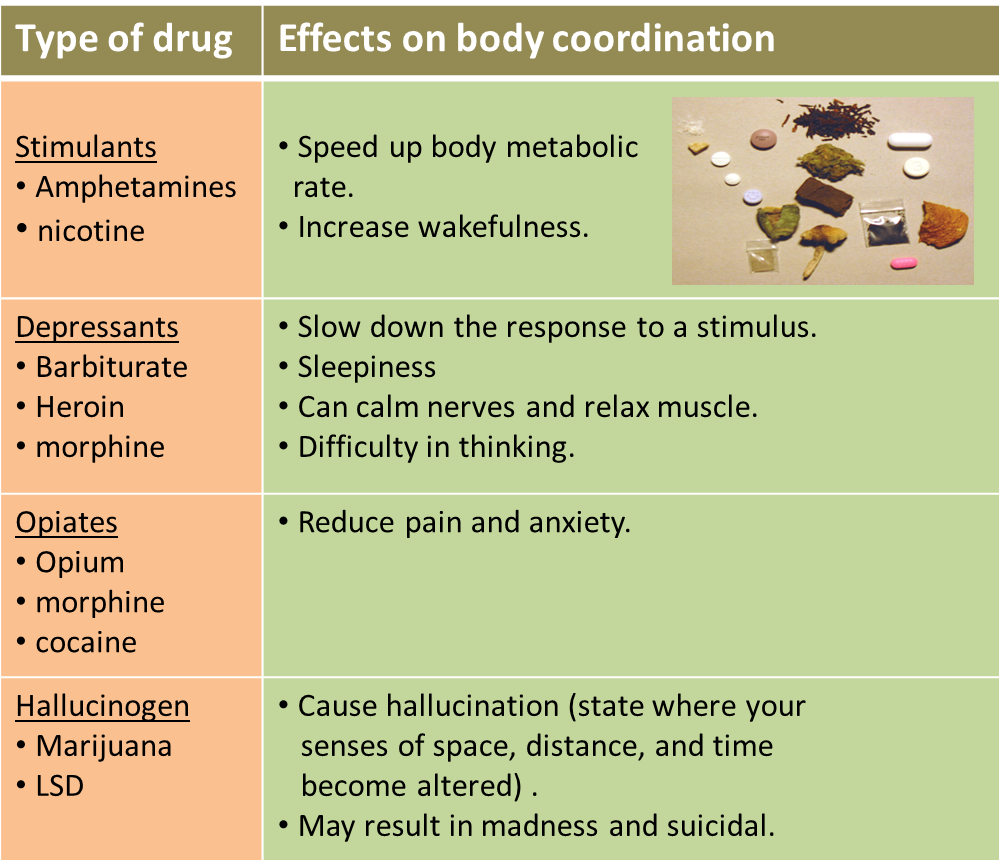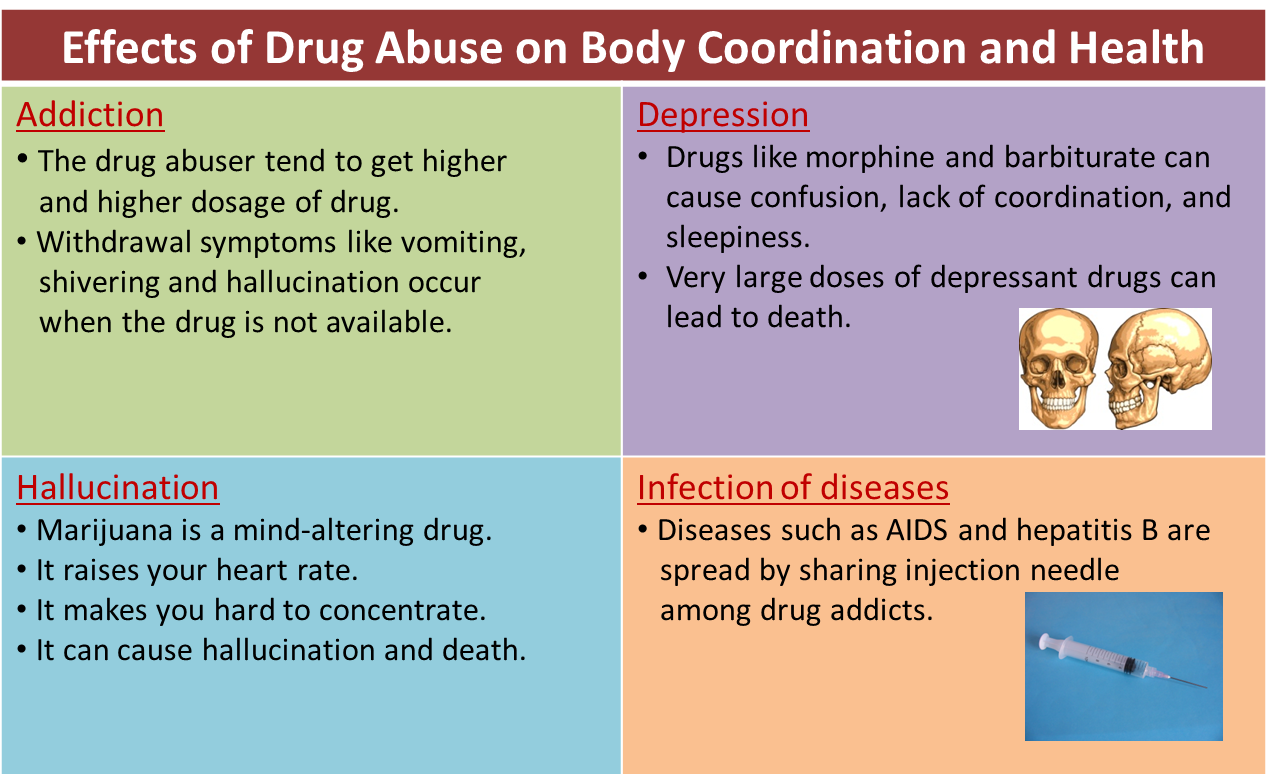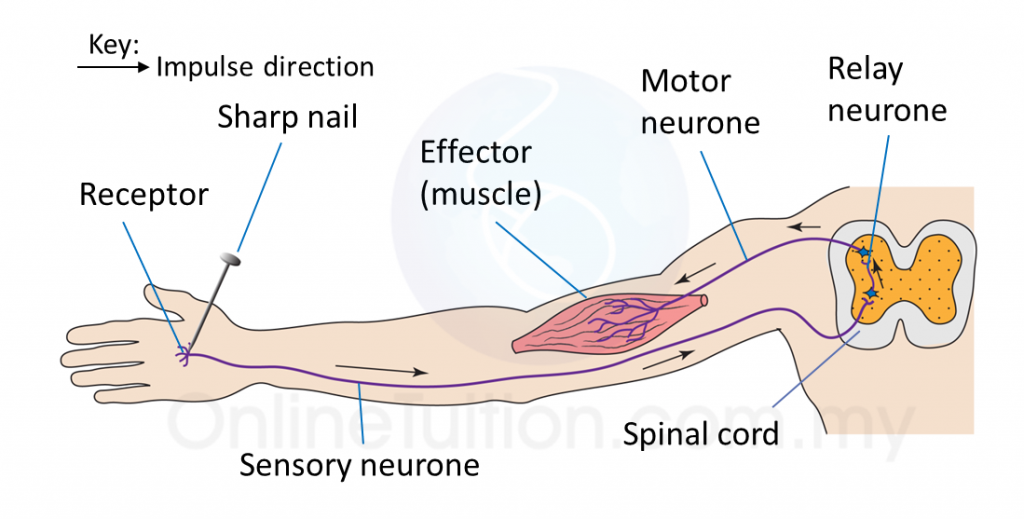Question 1:
Diagram 1 shows the location of endocrine glands of a woman.
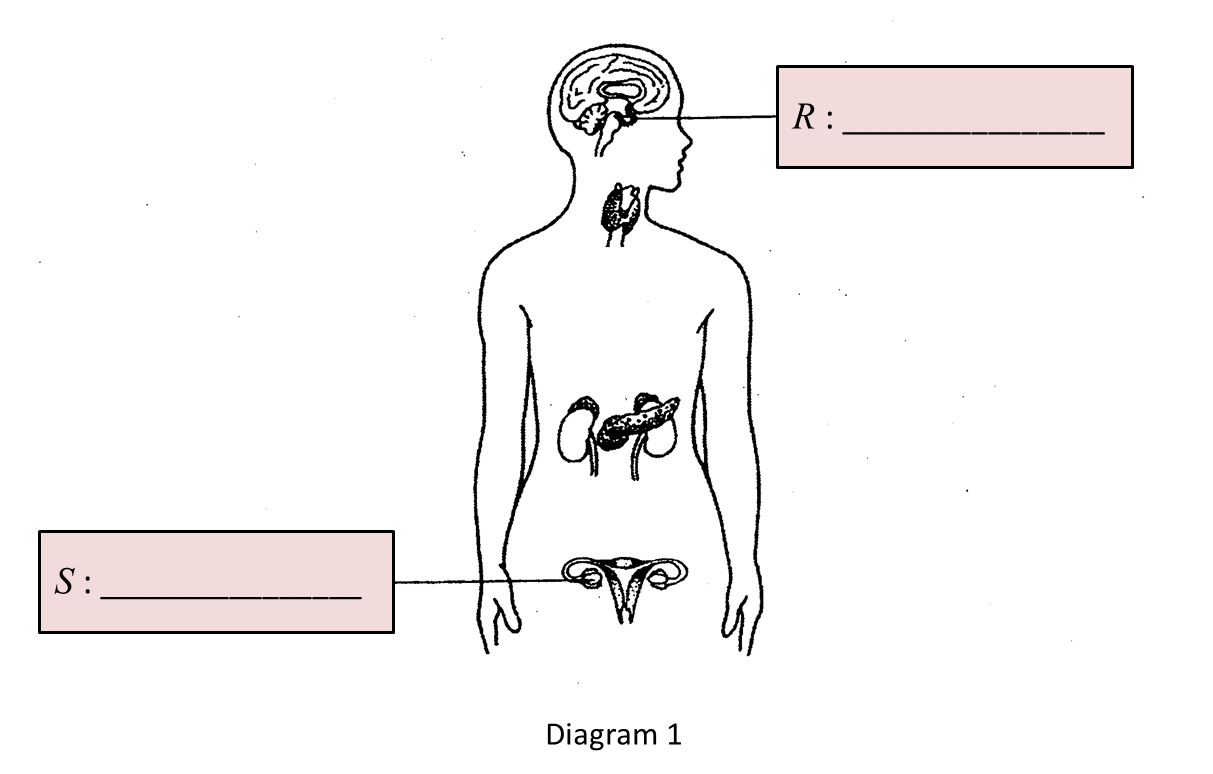 (a) Name glands R and S in the boxes provided in Diagram 1.
(a) Name glands R and S in the boxes provided in Diagram 1.
(b) State one function of hormone secreted by glands R and S.
(c) State one effect to the woman if both glands S are removed.
(d) Label with letter X the thyroid gland in Diagram 1.
Answer:
(a)
R: Pituitary gland
S: Ovary
(b)
R: Simulates the production of hormone by thyroid gland
S: Control menstrual cycle
(c) Infertility
(d)
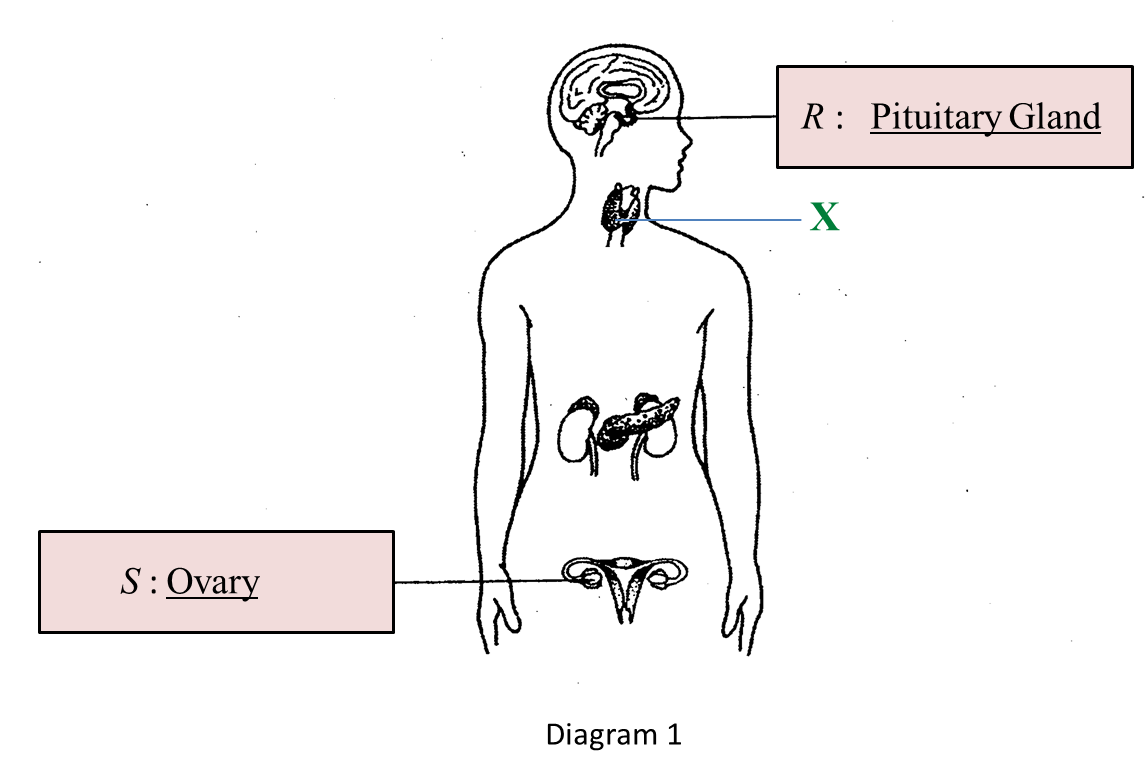
Diagram 1 shows the location of endocrine glands of a woman.
 (a) Name glands R and S in the boxes provided in Diagram 1.
(a) Name glands R and S in the boxes provided in Diagram 1.(b) State one function of hormone secreted by glands R and S.
(c) State one effect to the woman if both glands S are removed.
(d) Label with letter X the thyroid gland in Diagram 1.
Answer:
(a)
R: Pituitary gland
S: Ovary
(b)
R: Simulates the production of hormone by thyroid gland
S: Control menstrual cycle
(c) Infertility
(d)

